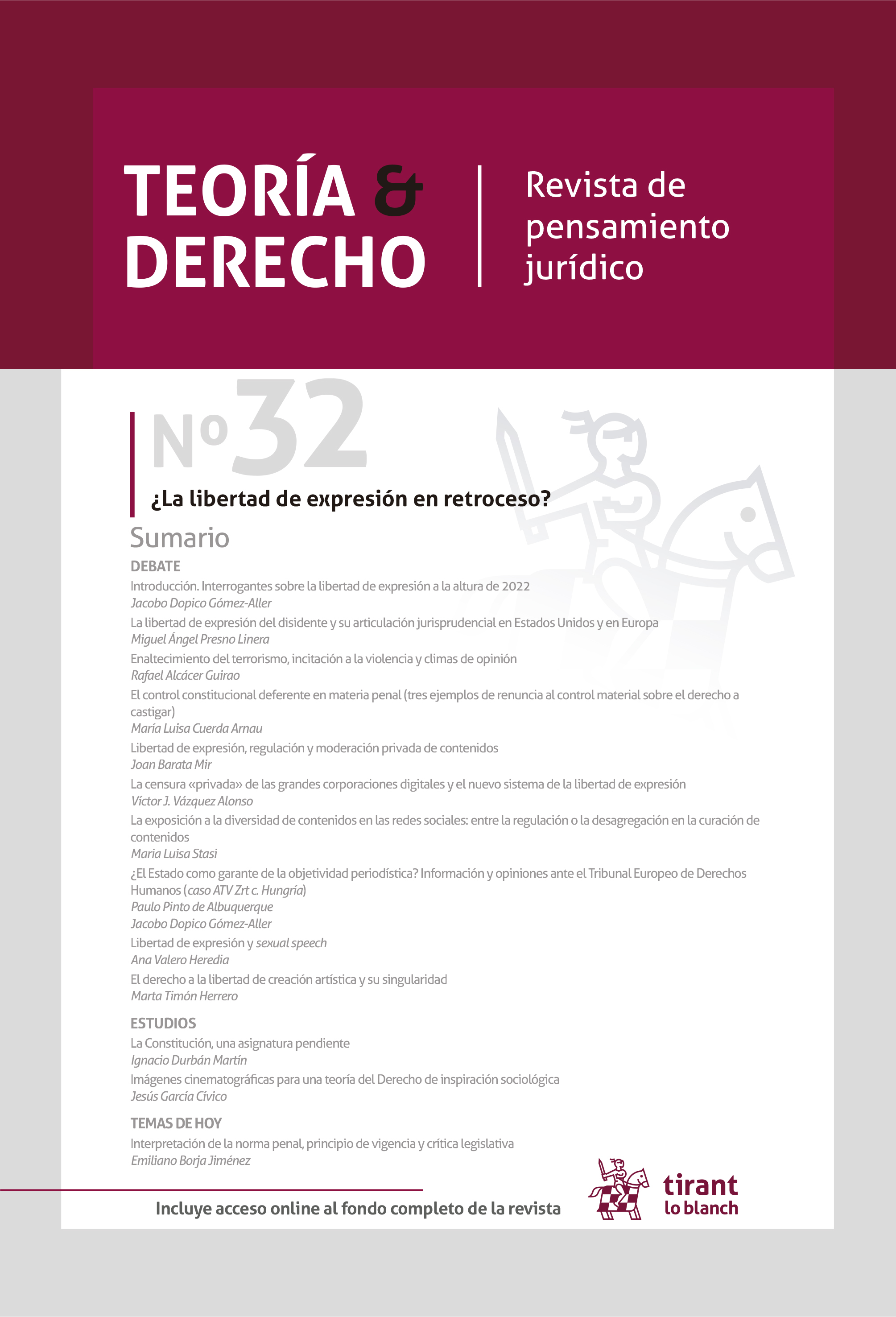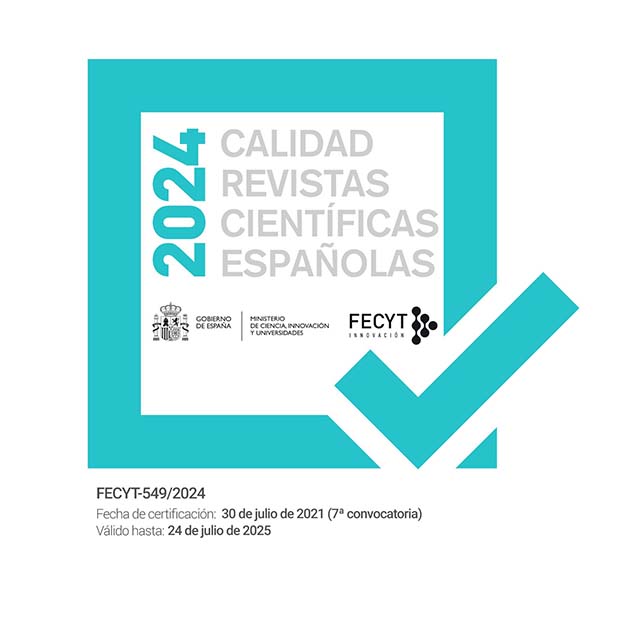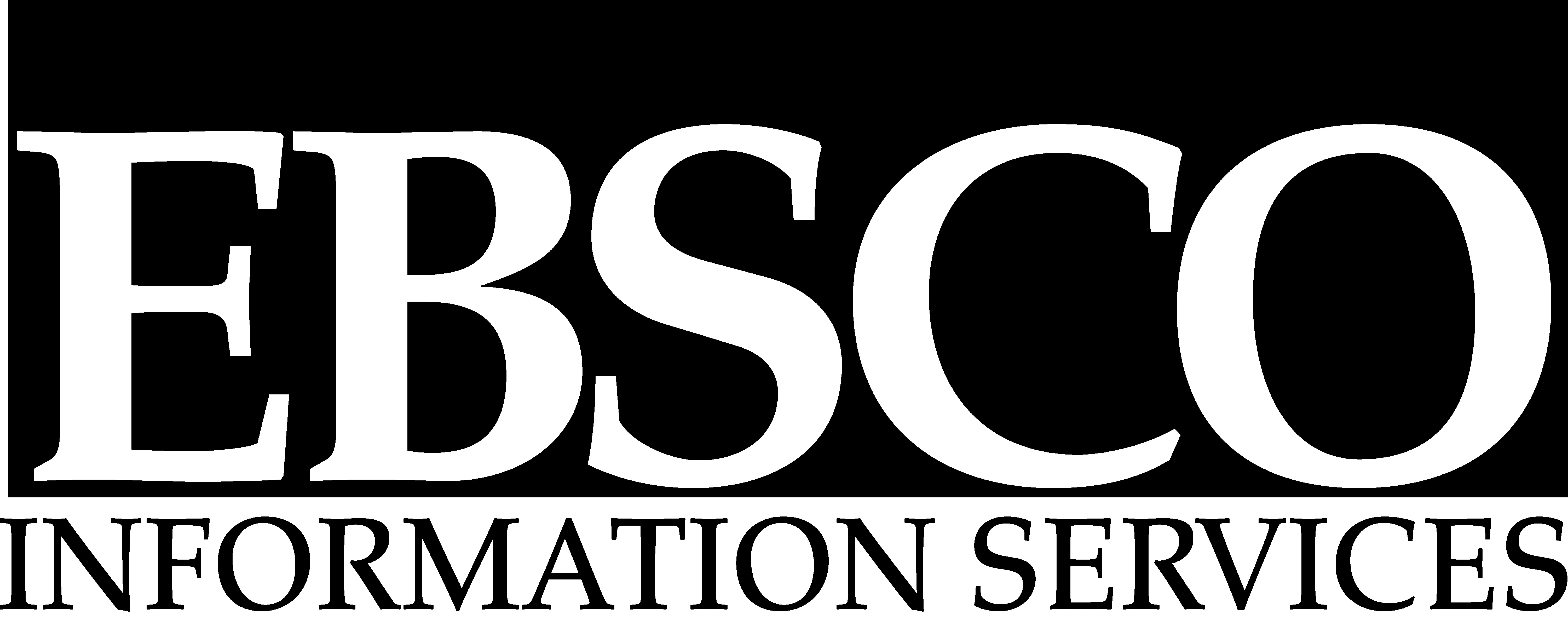¿EL ESTADO COMO GARANTE DE LA OBJETIVIDAD PERIODÍSTICA? INFORMACIÓN Y OPINIONES ANTE EL TRIBUNAL EUROPEO DE DERECHOS HUMANOS (CASOATV ZRT C. HUNGRÍA)
DOI:
https://doi.org/10.36151/td.2022.042Keywords:
Freedom of information, communicative freedoms, distinction between facts and opinions, disinformation, European Court of Human RightsAbstract
The separation between information and opinion is one of the classic ethical principles of jour-nalism. Its aim is to avoid misinformation by allowing recipients to distinguish clearly between factual information —for which there is an expectation of truthfulness— and the journalist’s political or moral positions. But can this principle be converted into a legal duty, and can a state hold journalists or the media liable for non-compliance? In its judgment of 28.4.2020 (case ATV Zrt c. Hungary, application no. 61178/14), the European Court of Human Rights had to address this delicate question. Although the judgment somewhat missed the opportunity to take a clear position on the issue, a concurring opinion set out more concisely the scope of the debate and the ways in which it could be dealt with. The fact that a State could dictate how news should be communicated, even with the best of intentions, would create a very high risk for communicative freedoms. For this reason, the concurring opinion points to the need for self-regulatory and co-regulatory instruments rather than mandatory rules.
Downloads

Published
How to Cite
Issue
Section
License
Copyright (c) 2022 Teoría & Derecho. Revista de pensamiento jurídico

This work is licensed under a Creative Commons Attribution-NonCommercial-NoDerivatives 4.0 International License.




















